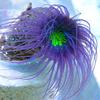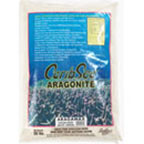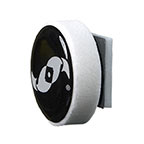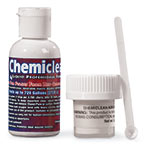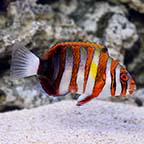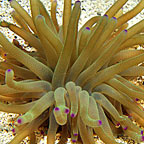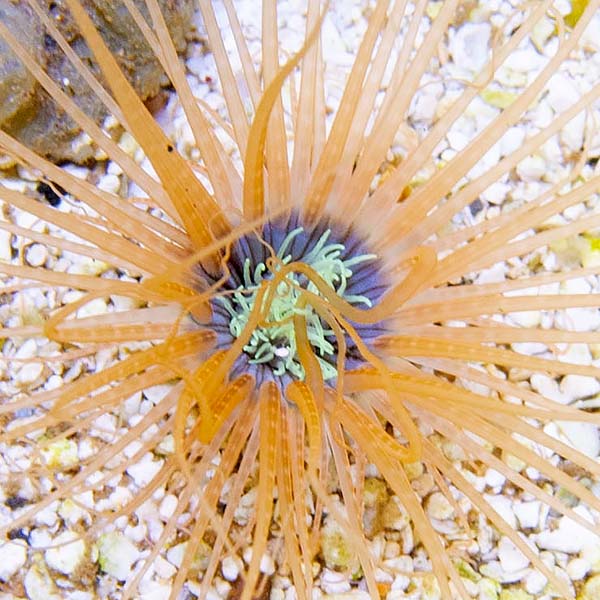
Additional locales and sizes may be available!
Additional locales and sizes may be available! Email me when availableQuick Stats
What do these Quick Stats mean? Click here for more information
What do these Quick Stats mean? Click here for more information
Overview
The ideal aquarium for the Tube Anemone is one with a deep sand bed, plenty of live rock and a refugium for a natural food source. They are non-photosynthetic and do not require intense lighting. In fact, they are nocturnal in nature and will take time to begin to open during the illuminated hours.
Because they are not photosynthetic, they need to be fed regularly when it is fully expanded. Feed small frozen foods such as brine or mysis shrimp, chopped pieces of fish and zooplankton.
Approximate Purchase Size When Fully Expanded: Small: 1" to 2"; Small/Medium: 2" to 3"; Medium: 3" to 4-1/2"; Large: 4-1/2" to 8"
Supplies You May Be Interested In
Customer Testimonials
Beautiful creature, long tentacles dance with the water flow - after lights go out, its tentacles become longer. Aggressive eater - it's a great show to see it feed. Very easy to care for.


